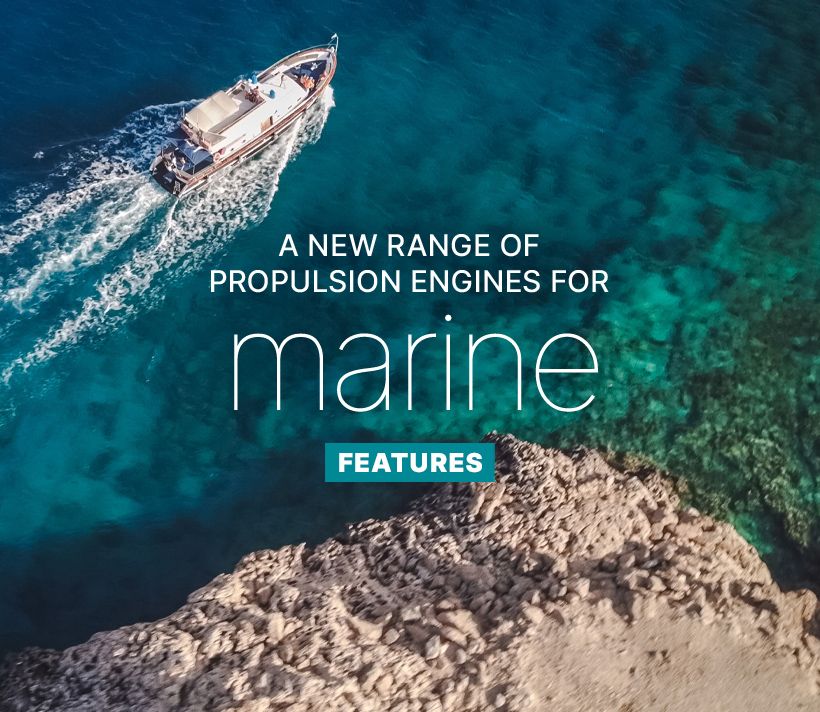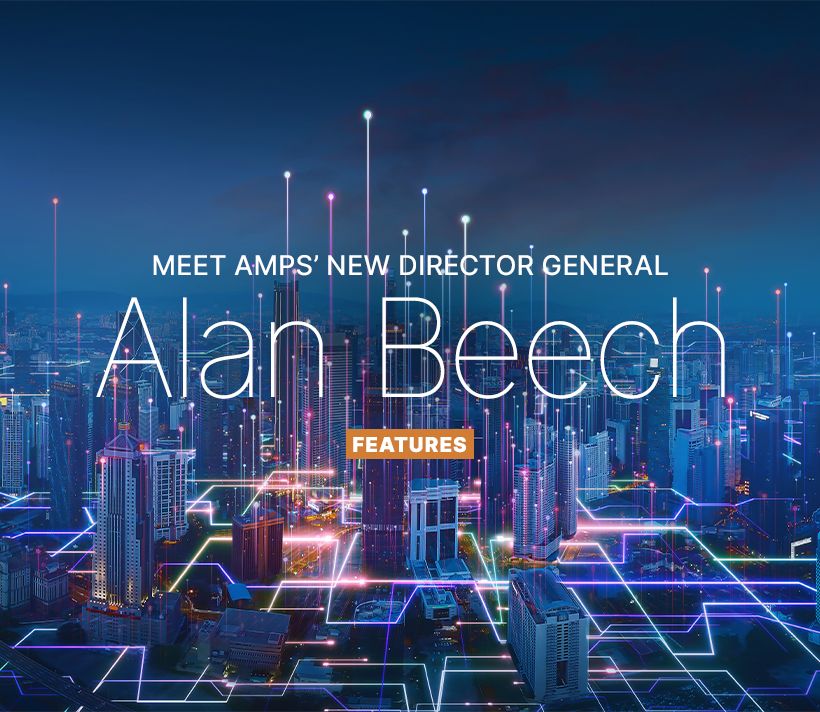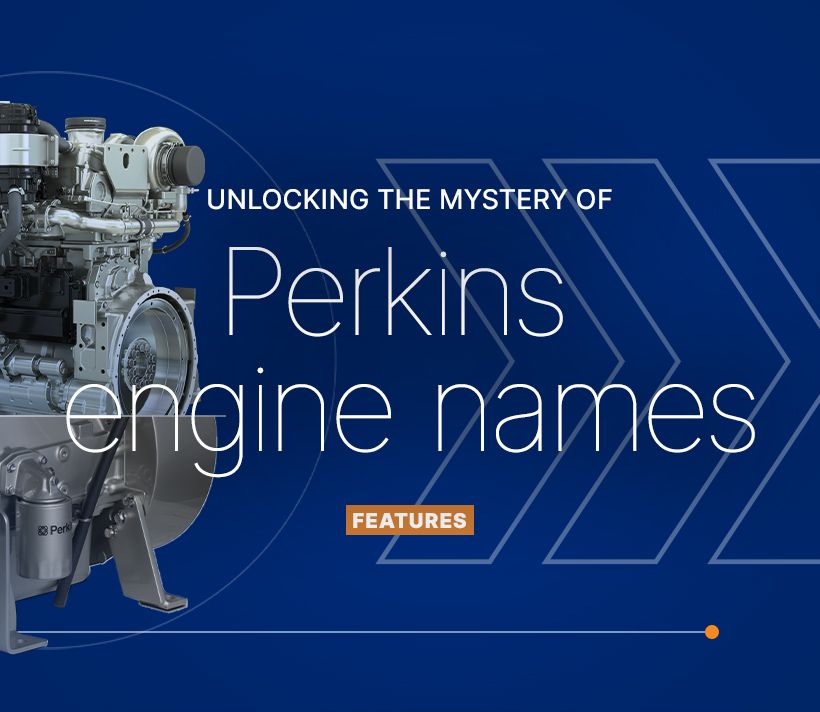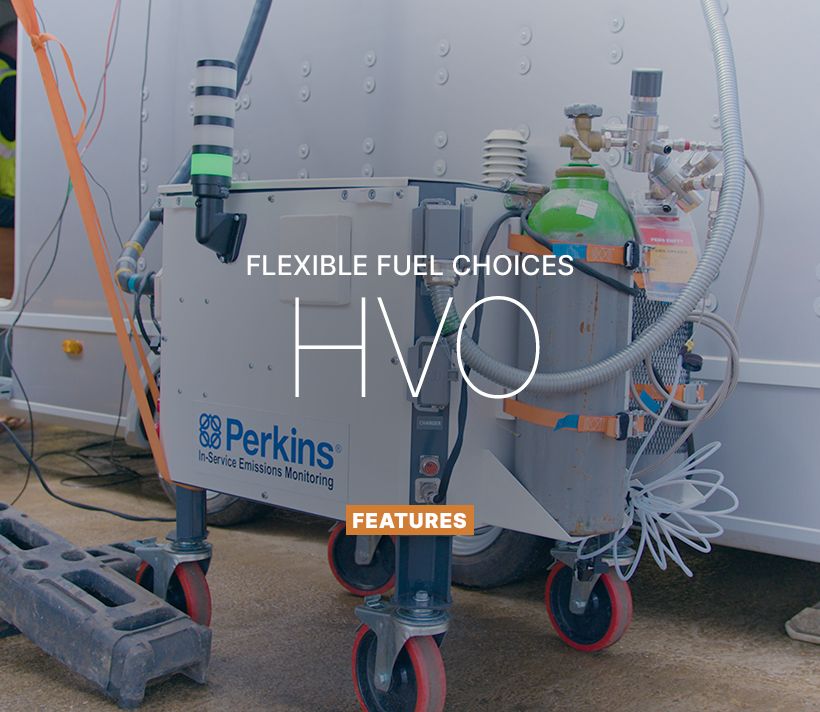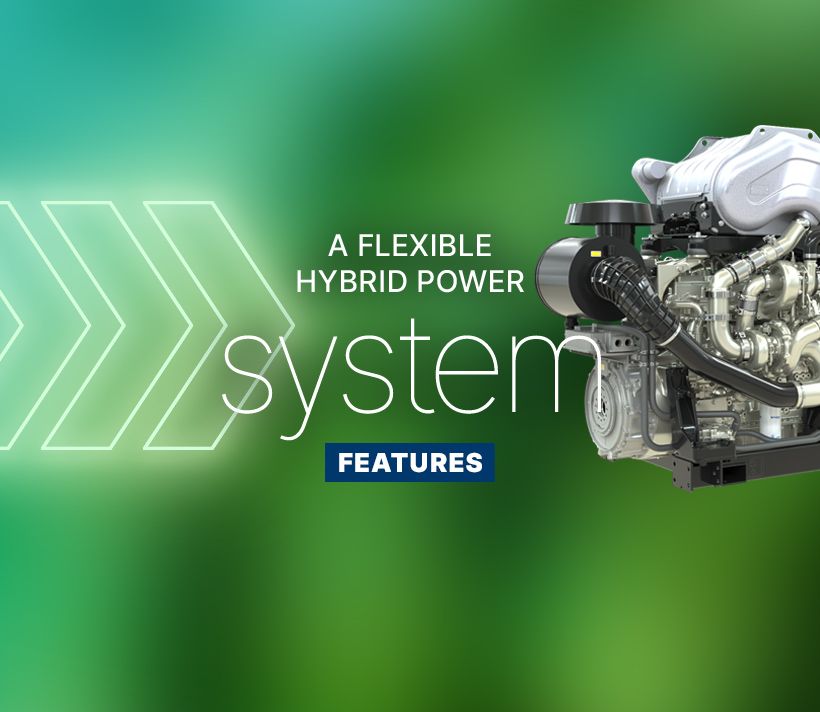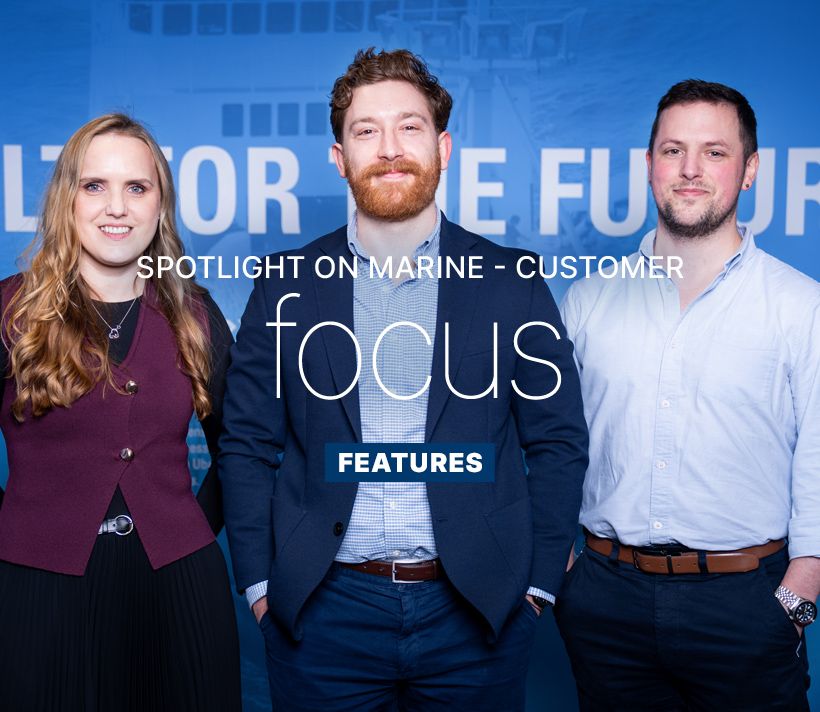Dave, you’ve worked with marine engines for 35 years. Can you talk us through how the recent engine advancements are helping to drive new product development with the marine engine range.
“It’s fascinating to see how marine engine technology has evolved over the years. There are some key advancements that have helped us to establish the firm foundations we see today, by understanding these we can start to appreciate where we are going.
Durability and Reliability: Our engines have always been known for their robustness and reliability. This is what our customers demand, these qualities are the substance of our product and at the heart of new product development.
Fuel Efficiency: Reducing costs and fuel consumption are important at every level of operation. Technological advancements in the combustion process, turbocharger and electronic fuel injection all enable the engine to achieve a more complete combustion, which in turn reduces fuel consumption and emissions.
Emission Controls: Environmental regulations and customer requirements have driven advancements in emission control technology which enables us to more precisely control the exhaust output of the engine.
Ease of Maintenance: The design philosophy of making engines easy to maintain has persisted which reduces vessel downtime and cost to the end user.
Integration with Modern Technology: While the core operating principles of the diesel engine remain, the use of electronic controlled systems gives us advanced diagnostics which help in optimising performance and simply troubleshooting.
Ben, Dave has touched on what Perkins engines are equipped to consistently deliver. Can you tell us more about the market research carried out, so customer needs are met, and Perkins remains at the forefront in the future?
“There is no higher quality research than to talk directly to customers about their business, any opportunities they have and of course their threats too. We have a close relationship with our distributors, and through regular conversations, of a productive nature, the industry requirements will present themself. Of course, there are other forms of data and information we use to triangulate our assumptions, but the core insight is directly from the customers we want to serve.
The research is complete, and a need has been established. Ben, can you explain what happens next and how we go from establishing a need to creating a new engine?
Developing engines can be an incredibly labour- and capital-intensive process and therefore there needs to be clear justification to initiate any such development. To complicate things, Perkins serves many industries, spanning both on and off the water and therefore an acceptable, single industry serving business case is a rarity. Most commonly, Perkins pools our cross-industry requirements together to create the specification of a core product which, when developed, offers a solution to as many of our customers as possible. We then develop this core product when the pooled justification is viable.
From this core product, the less intensive industry specific customisation can then be undertaken. This, using the example of marine, would be the development of the marine specific systems and components which would make it usable in vessels, such as seawater heat exchangers, water cooled turbos or any marine specific regulatory requirements.
It would be too easy if every marine customer had the same need. Surely, they don’t? Stuart, what happens when a customer wants something not ‘off the shelf’, can you accommodate this?
We understand every customer, vessel and application is different, the life of an engine in a fishing vessel is going to be quite different from the life of an engine in a pleasure craft. The customers’ requirements come first. Understanding this and wanting to tailor our product to each customer's needs, we can offer customer-driven options to tweak and enhance our standard engine with our design-to-order process. Essentially this means offering a level of customisation from the factory to help make the engine installation, and usability better suited to the end use.
Ben, what can customers of Perkins marine expect next?
The range is growing. In 2023 we had new auxiliary engines, E44 and the E70B, and we are well advanced with the development of the new propulsion engines.
To meet the expected demand from our customers, the business needs to adapt and change. We are increasing our sales, technical support, aftermarket, and operations teams in order the give our customers the experience they deserve.
Additionally, business processes have advanced since the previous peak of Perkins engine sales over a decade ago, and therefore we are busy delivering on optimisation opportunities within our own Perkins business processes and systems so that we may improve our value delivery.
Of course, we continue to be conscious of what is next in terms of products and have a keen eye on the emerging need for alternative fuels and electrified powertrains – more to come!
Dave, why do you believe the future is looking bright for Perkins marine engines?
Durability, reliability, fuel efficiency, emissions control, ease of maintenance and integration with modern technology collectively ensure that Perkins marine engines will continue to be at the forefront of the industry. I’m really enthusiastic about this and I’m confident we’re meeting the evolving demands of the industry while contributing to a more sustainable future.
The new E44 and E70B engines, have been designed with features that address specific customer needs, such as low maintenance and high-power density requirements and are gaining traction in the market.
To understand more about how Perkins marine is placing the customer first head to part one of our spotlight on marine.
Perkins’ collaboration with Trackunit, delivering real-time insights to customers, increasing productivity in the field.
Read moreFor industrial equipment rental, excellent technical support and parts availability is a necessity.
Read moreTo mark Agritechnica's 'Celebrate Farming Day', Powernews spoke to Andy Curtis, Customer Solutions Director at Perkins.
Read moreClever configuration options fulfil the current and future requirements of the industry.
Read moreWho keeps the lights on when the grid can’t? The power generation sector, of course. In the UK, its interests are represented by The Association of Manufacturers and suppliers of Power generating Systems (AMPS) – whose new director general, Alan Beech, came into post earlier this year.
Learn MoreHave you ever looked at the name of a Perkins engine and wondered what all those numbers and letters actually mean? If so, you’re certainly not alone. But rest assured the nomenclature is anything but random.
Read moreOne alternative fuel option we’ve researched heavily and have accommodated in our diesel engines for more than a decade is hydrotreated vegetable oil (HVO) – which must meet the EN 5940 standard – with the Perkins® 400 to 5000 Series able to use up to 100% HVO.
Read moreWhy stick to one fuel, when you can have a configurable power system?
Read moreMore than just a curiosity, they offer us different routes to future food security.
Read morePerkins marine engines has an illustrious history. Meet the team behind the brand.
Read moreHave you ever looked at the name of a Perkins engine and wondered what all those numbers and letters actually mean? If so, you’re certainly not alone. But rest assured the nomenclature is anything but random.
Read moreWho keeps the lights on when the grid can’t? The power generation sector, of course. In the UK, its interests are represented by The Association of Manufacturers and suppliers of Power generating Systems (AMPS) – whose new director general, Alan Beech, came into post earlier this year.
Learn MoreOne alternative fuel option we’ve researched heavily and have accommodated in our diesel engines for more than a decade is hydrotreated vegetable oil (HVO) – which must meet the EN 5940 standard – with the Perkins® 400 to 5000 Series able to use up to 100% HVO.
Read more


